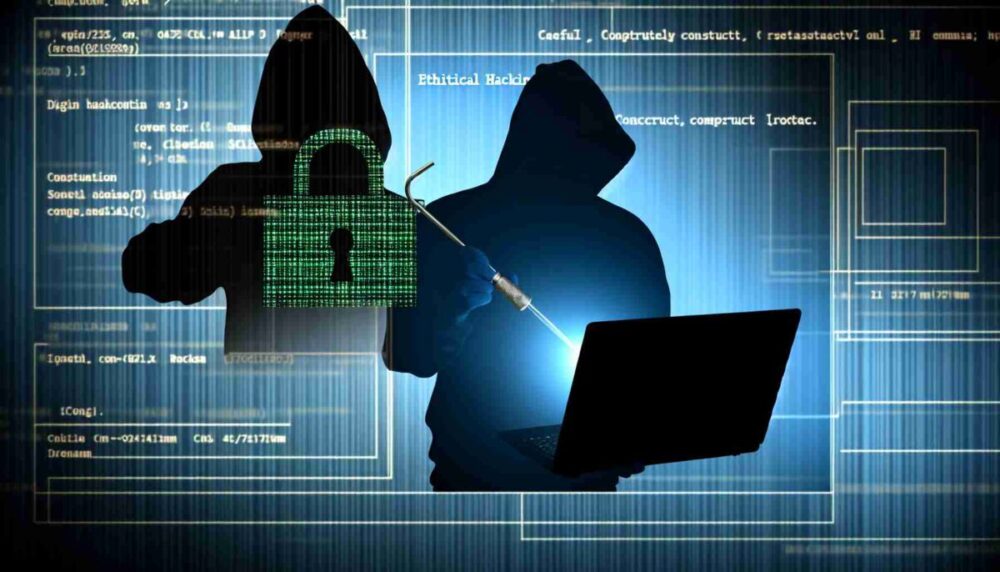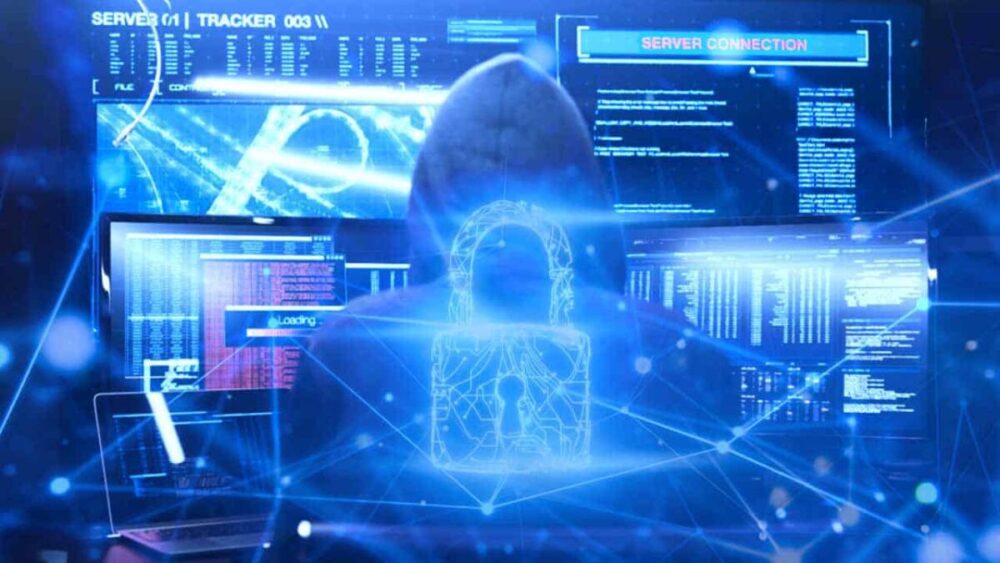
The journey from an interested learner to a skilled ethical hacker is filled with challenges as well as victories. This helps in learning how cybercriminals exploit vulnerabilities to harm systems. With dedication and practice, one can identify weaknesses to strengthen security.
The victories come with each new skill acquired and vulnerability discovered during security assessments. Mastering ethical hacking tools and techniques helps protect organizations and society from cyber threats.
One must start by understanding the basics of cybersecurity through an ethical hacking course online. This transforms vulnerability into victory for ethical hackers.
Table of Contents
Introduction to Ethical Hacking
Ethical hacking, also known as penetration testing or white hat hacking, is the practice of identifying vulnerabilities in systems and networks to improve security. With the ever-increasing reliance on technology and the digitalization of data, cybersecurity has become more important than ever before.
Ethical hackers play a crucial role in proactively identifying weaknesses before malicious hackers can exploit them. They help organizations shore up their defenses and protect sensitive information from theft or corruption.
Understanding the Cybersecurity Landscape

To be an effective ethical hacker, it is important to understand the cyber threat landscape and how it has evolved. In the early days of the Internet, many systems were designed without security in mind. Hackers were able to exploit simple vulnerabilities to gain access to networks and data.
As organizations realized the risks, they began implementing basic security measures like firewalls, antivirus software, and access controls.
However, hackers also advanced their techniques, discovering new exploits and developing more sophisticated tools.
Today’s threat actors range from opportunistic cybercriminals looking to make a quick profit, to organized syndicates and state-sponsored groups conducting espionage or cyber warfare. Keeping up with emerging attack vectors requires constant learning and adaptation from ethical hackers.
The Mindset of an Ethical Hacker
More than technical skills, an ethical hacker needs to have the right mindset. They must be curious, think like an attacker, and have a strong work ethic. Curiosity drives them to constantly explore new possibilities, think outside the box, and uncover unconventional vulnerabilities.
Thinking like an attacker means understanding the motivations and techniques used by real adversaries. An ethical hacker also needs perseverance and attention to detail to methodically dissect systems and identify subtle flaws. Most importantly, they act with integrity and respect legal and ethical boundaries.
The goal is not to cause harm, but to strengthen security for the benefit of organizations and society. With the right intentions and methodology, ethical hacking can help “hack for good.”
Tools of the Trade ─ Essential Skills and Technologies

To effectively test systems, ethical hackers rely on a variety of tools and techniques. Programming skills are important to automate tasks and customize tools. Command line skills allow interaction with operating systems. Networking fundamentals are needed to analyze traffic and map out infrastructure.
Vulnerability research skills help stay up-to-date on the latest publicly disclosed flaws. Web application assessment tools like Burp Suite and Zed Attack Proxy are commonly used to test websites for vulnerabilities.
Wireless assessment tools like Kali Linux allow auditing the security of networks. Password cracking and social engineering tools may also be leveraged depending on the scope of assessments. Overall, an ethical hacker’s arsenal should evolve along with new technologies and remain flexible to changing needs.
Identifying Vulnerabilities ─ The First Step
The process of ethical hacking begins with reconnaissance – passively gathering open source intelligence about the target systems. This involves searching public databases and social media for technical details and metadata that may aid exploitation. The next step is scanning for vulnerabilities.
Network mapping with tools like Nmap identifies live hosts, services, and open ports. Vulnerability scanners automate checks against databases of known flaws. For web applications, automated scanners are used alongside manual testing. Logs are analyzed for information leaks.
Configuration assessments check for misconfigurations and compliance issues. Penetration testing then focuses on confirming and exploiting vulnerabilities using techniques like SQL injection, cross-site scripting, password cracking, and privilege escalation. Thorough documentation of each finding is important.
Exploitation and Analysis ─ Digging Deeper

Once vulnerabilities are identified, an ethical hacker’s job enters the exploitation phase. This involves developing an understanding of underlying system architectures and interacting with vulnerabilities to confirm exploitability.
For technical flaws, proof-of-concept exploits may be created to demonstrate impact. All interactions should be carefully controlled and contained using tools like virtual machines to avoid unintended consequences. Exploited systems are then methodically analyzed to determine the full scope of access and potential next steps an attacker could take.
File systems, processes, services, and network connections are inspected for additional clues. Credentials, encryption keys, or sensitive data that was exposed are documented. The goal is to provide a realistic simulation of a real-world compromise to help organizations harden their defenses.
Reporting and Remediation ─ Closing the Loop
After completing testing, an ethical hacker drafts a comprehensive report detailing all findings, vulnerabilities, and recommendations. Sensitive information like credentials or encryption keys are removed or redacted. The report provides technical details to aid remediation, along with a risk rating and priority level for each issue. It is presented to stakeholders along with an oral briefing.
Feedback is gathered and questions are answered. Remediation involves working with technical teams to address vulnerabilities, often through patching, configuration changes, policy updates, or other controls. Periodic follow-ups ensure all issues were properly resolved.
With re-testing, the process closes the loop by verifying fixes were effective. This helps build organizational security maturity over time through a cycle of continuous improvement.
Continuous Learning ─ Staying Ahead in the Game

To remain effective, an ethical hacker must commit to continuous learning as new vulnerabilities are discovered and techniques evolve. This involves following security news and research, attending conferences, taking online courses, and practicing skills regularly.
Automated vulnerability alerts and software updates ensure the latest tools and databases are leveraged. Independent research expands skills like reverse engineering, malware analysis, and digital forensics.
Active involvement in open source security projects contributes back to the community. A growth mindset embraces challenges to take skills and methodologies to the next level. Mentorship from senior practitioners accelerates learning. Staying curious and adapting to change keeps an ethical hacker ahead of the curve in an ever-changing field.
Ethical Hacking in Practice ─ Real-world Examples
Ethical hackers have helped secure major organizations across all industries. For example, in the financial sector, penetration tests identified phishing vulnerabilities that allowed unauthorized fund transfers at a major bank. By exploiting these flaws, ethical hackers demonstrated how millions could have been stolen. Timely remediation efforts prevented real losses.
In healthcare, ethical hackers accessed medical records and controlled medical devices by exploiting flaws in IoT and cloud infrastructure. This spurred investment in stronger access controls and encryption to protect sensitive patient data. For critical infrastructure, simulated attacks on industrial control systems revealed vulnerabilities that if exploited, could endanger public safety.
Recommendations to isolate these systems from public networks and implement authentication safeguarded national security. Through practical examples, the real-world impact of ethical hacking is evident.

Conclusion ─ Embracing the Journey from Vulnerability to Victory
In conclusion, the field of ethical hacking presents an engaging journey of continuous learning and growth. By embracing both technical challenges and developing the right mindset, ethical hackers play a vital role in strengthening cyber defenses for the greater good.
Their efforts help shift the balance from vulnerability to victory by protecting organizations and individuals from real-world threats. While the work is never fully done due to the evolving landscape, each vulnerability remediated and each system hardened is a small win in building towards an overall more secure digital future.
With perseverance, passion for the craft, and commitment to integrity, an ethical hacker’s journey can be profoundly rewarding on both personal and societal levels. It is an honorable path worth embracing.







